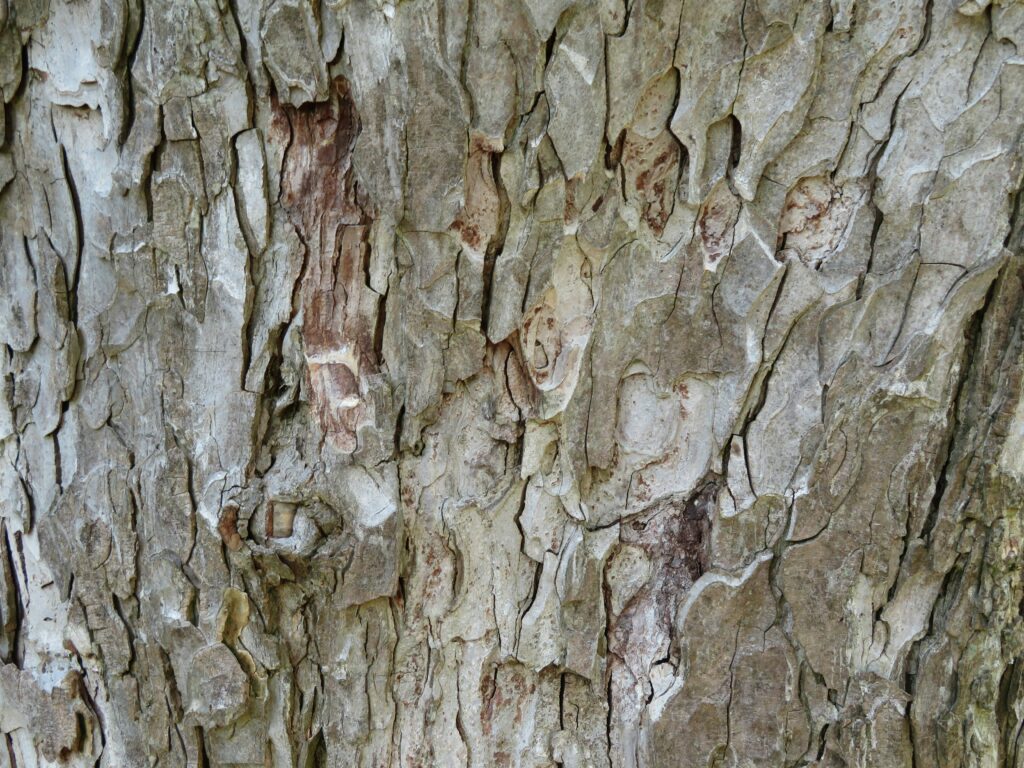Blog Post 4: Interaction

For our ongoing project on tree identification in British Columbia, I discovered a YouTube video called “Identify 11 Trees by the Bark (Easy Tips)”. While some of the featured species aren’t strictly representative of BC’s forests, the bark-identification techniques still serve as valuable examples. Students can cross-reference these tips with a local guide or an alternative video focusing on BC trees, then mentally match those traits to species in their own neighbourhoods.
1) Type of Interaction
This video primarily fosters learner-content interaction. Students observe close-up shots of bark—examining color, texture, and vertical grooves—and then compare what they see to what they might encounter in local areas. Although there’s no embedded quiz, the inherent curiosity factor prompts them to think critically about each species’ traits.

2) Learner-Generated Response
Students would likely take notes during the video—jotting down whether the bark is smooth or peeling, noting color variations, etc. This self-directed approach encourages them to create personalized study aids, tying into the principle that active, meaningful engagement leads to deeper understanding.
3) Post-Viewing Activity
To connect the video’s content to BC trees, I’d suggest a “Bark Scavenger Hunt.” Students photograph or sketch bark from local trees and upload their findings to a shared platform (e.g., Padlet). They can note which features align with tips from the video, or reference an alternative, BC-specific tree list. This blend of learner-learner and learner-contentinteraction helps them refine identification skills while learning from peers.
4) Feedback Mechanism
In the shared digital space, peers and I could provide feedback—suggesting whether a certain bark feature matches a Douglas-fir or a Western redcedar, for instance. This collaborative process can prompt further investigation and reinforce observational skills. Encouraging students to question and respond to each other’s findings helps keep the conversation active, while guiding them to refine their identification approaches through peer support and instructor insights.
5) Addressing Potential Barriers
Students without nearby green spaces can find bark images online, allowing everyone to participate. Additionally, providing closed captions or transcripts ensures that those with hearing impairments or limited bandwidth can still benefit from the video. By offering multiple ways to engage, we strive to keep the activity inclusive and accessible to all learners.
Through a combination of video content, hands-on exploration (whether physical or virtual), and collaborative feedback, students can sharpen their identification skills while gaining a deeper appreciation for the variety of trees in BC—and beyond.
References:
Comments are Disabled